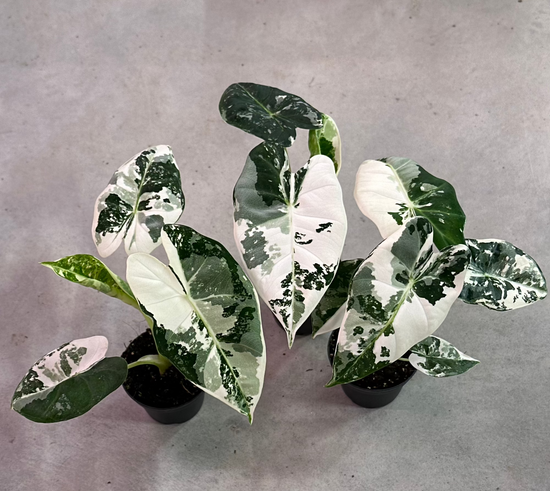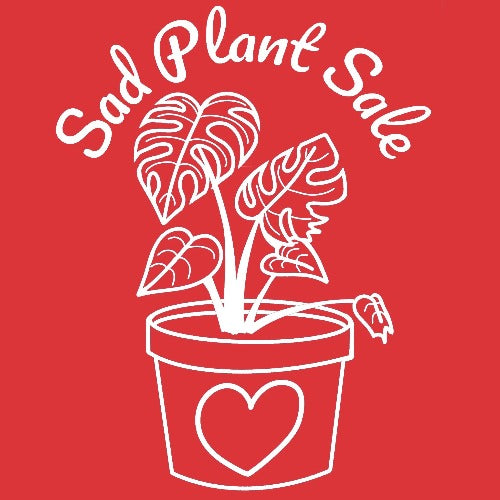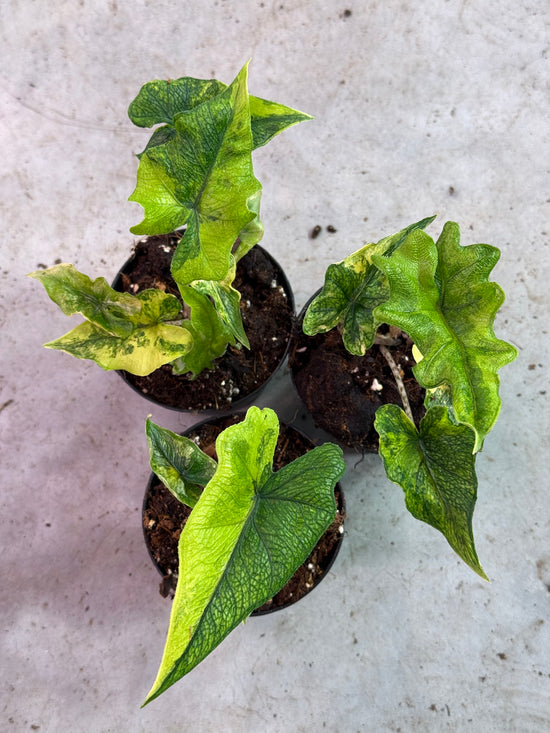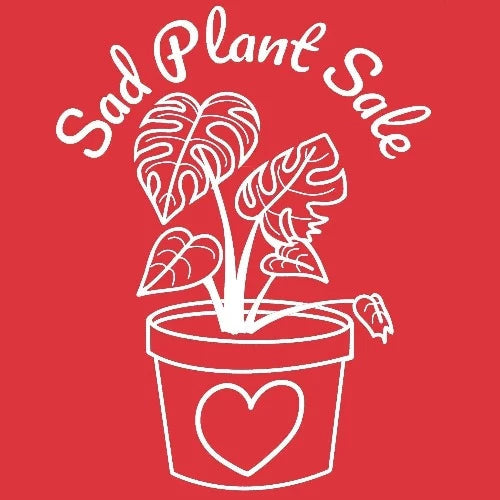More Alocasia care tips
Soil, Fertilizing & Repotting
Alocasias have strong root growth and therefore require sufficient space and soil in the pot. For optimal growth, the Alocasia requires acidic soil with a pH of around 5.5. A loose, humus-rich substrate such as bromeliad soil or peat growing medium is ideal, as it allows the roots to be well aerated while retaining moisture. To ensure a sufficient supply of nutrients, the plant should be fertilized regularly. A high-quality liquid fertilizer that contains all the necessary nutrients is ideal for this. You should fertilize about every two weeks during the growing season. If roots appear at the bottom of the pot or the substrate appears heavily overgrown, it's time to repot your Alocasia. Choose a slightly larger pot so that your elephant ear plant has enough room to develop further.
Prevent pests and diseases
Alocasia can be susceptible to pests such as thrips and spider mites , especially if humidity is too low. Regular checks of the leaves and stems are therefore important to detect infestations early. If necessary, biological pesticides or neem oil can be used. Pest control is an essential aspect of care to ensure the health of your Alocasia. Diseases such as root rot can also occur if your Alocasia receives too much water. Therefore, ensure that the soil is well-drained and does not become waterlogged. You can recognize the first signs of problems by the leaf color:
- Yellow leaves : Indication of waterlogging, root rot or nutrient deficiency
- Brown leaf edges : Usually too low humidity or irregular watering
- Black spots or spots : Possible sign of root rot or fungal infection
- Dried leaf tips : Often the result of too dry air
Maintain and keep arrow blades clean
The large, eye-catching leaves of your Alocasia are not only decorative but also crucial for photosynthesis. However, their size makes them susceptible to dust buildup. Therefore, wipe your Alocasia's leaves regularly with a soft, slightly damp cloth. This not only adds shine but also supports the plant's health. Clean leaf surfaces improve light absorption and can prevent pest infestation, as pests are less likely to settle on clean, well-maintained leaves.
Note the rest period in winter
During the winter months, the Alocasia enters a natural dormancy phase and almost completely ceases growth. During this time, it requires significantly less water. You should also avoid fertilizer during the dormancy period, as the plant is unable to process additional nutrients. A slightly cooler location is ideal, as long as the temperature doesn't drop below 15°C. Even if growth slows or individual leaves turn yellow and die, this is normal. It's important not to over-nurture the plant, but to give it the rest it needs.
FAQ on Alocasia care
How often do you need to water an Alocasia?
Your Alocasia should be watered at least once, and possibly several times, per week. It's important that the substrate remains slightly moist, but not permanently wet. Waterlogging should be avoided at all costs, as this can quickly lead to root rot.
Are Alocasias suitable for beginners?
Alocasias are somewhat more demanding to care for and therefore only partially suitable for beginners. They require a bright, humid location, a consistently moist substrate, and are sensitive to care mistakes such as waterlogging, dry air, or drafts. However, anyone willing to familiarize themselves with the needs of the elephant ear plant and check it regularly will be rewarded with impressive leaves. With a little attention and patience, even beginners can successfully maintain an Alocasia.
Is there anything to consider with special Alocasia species?
Yes, with special species like the Alocasia Dragon Scale or the Alocasia Macrorrhiza, it's worth taking a closer look at their care. For example, the Dragon Scale requires high humidity and is sensitive to waterlogging, while the Macrorrhiza needs plenty of light, space, and regular care for vigorous growth.
Why are my Alocasia leaves getting yellow?
Yellow leaves on Alocasia are usually a sign of care mistakes. The most common causes are waterlogging, overwatering, or poor drainage, which can lead to root rot. Lack of light, nutrient deficiencies, or a sudden relocation can also lead to yellow leaves on your elephant ear plant.
Alocasia variants for sale
-
Alocasia Frydek Variegata
 Alocasia Frydek Variegata
Alocasia Frydek Variegata- Regular price
-
From
€8,99 - Regular price
-
€29,00 - Sale price
-
From
€8,99
-
Alocasia Dragon Scale Mint
 Alocasia Dragon Scale Mint
Alocasia Dragon Scale Mint- Regular price
-
€19,99 - Regular price
-
€39,00 - Sale price
-
€19,99
-
B Ware / Sad Plant (We Choose)
 B Ware / Sad Plant (We Choose)
B Ware / Sad Plant (We Choose)- Regular price
-
€10,00 - Regular price
-
€10,01 - Sale price
-
€10,00
-
Alocasia Polly Aurea
 Alocasia Polly Aurea
Alocasia Polly Aurea- Regular price
-
€15,00 - Regular price
-
€30,00 - Sale price
-
€15,00
-
Alocasia Jacklyn Variegata
 Alocasia Jacklyn Variegata
Alocasia Jacklyn Variegata- Regular price
-
€69,00 - Regular price
-
€119,00 - Sale price
-
€69,00
-
B Ware Plants / sad plants Part 3
 B Ware Plants / sad plants Part 3
B Ware Plants / sad plants Part 3- Regular price
-
€39,00 - Regular price
-
- Sale price
-
€39,00
-
Alocasia Simpo Albo Variegata
 Alocasia Simpo Albo Variegata
Alocasia Simpo Albo Variegata- Regular price
-
€69,99 - Regular price
-
€249,00 - Sale price
-
€69,99










